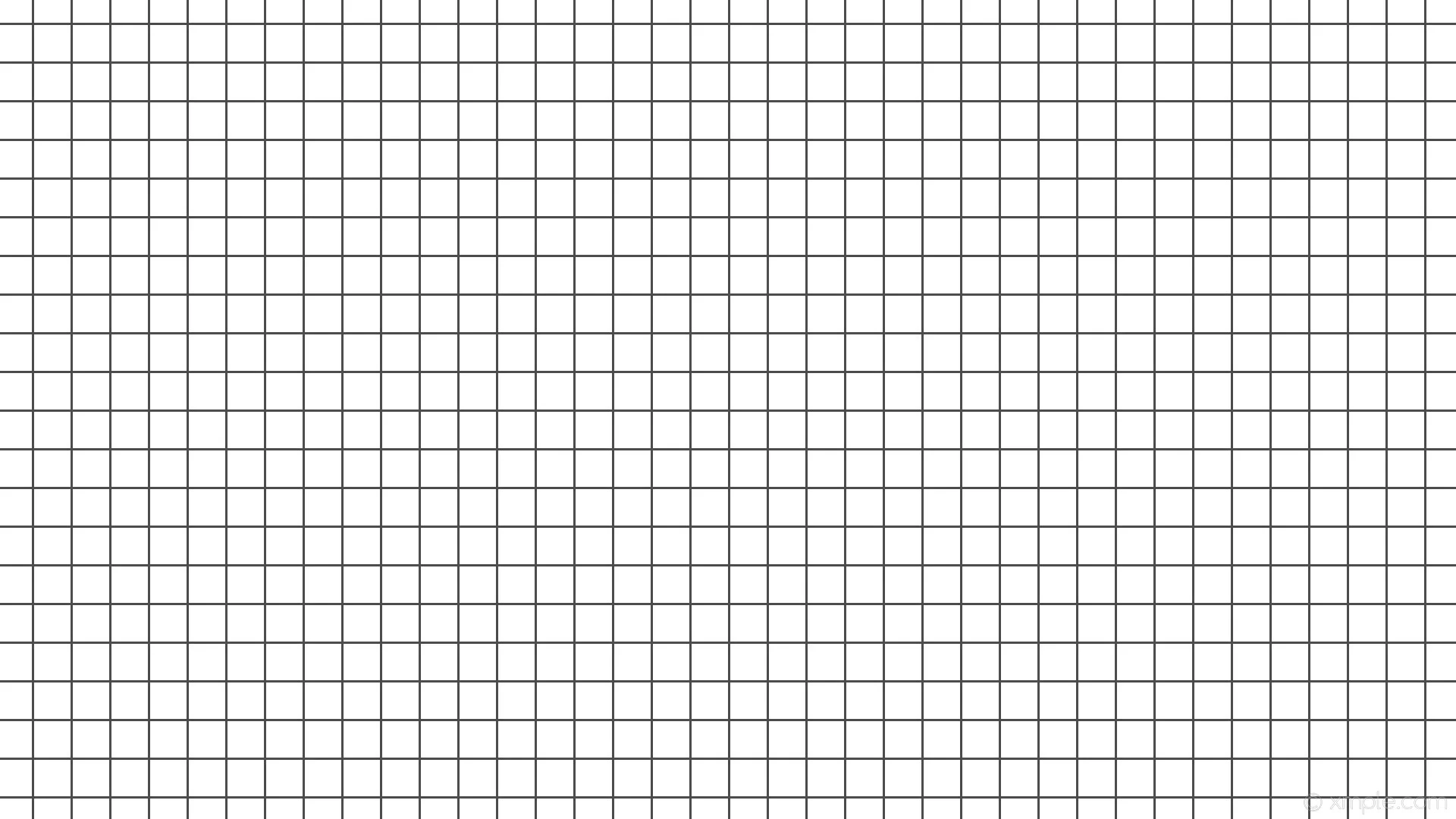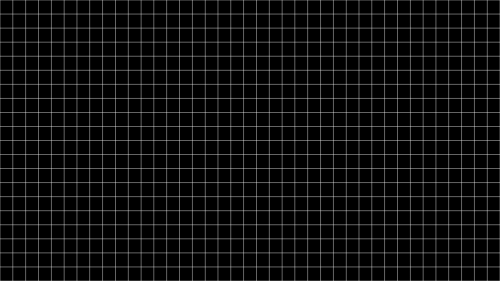

The Page Settings dialog box automatically converts between cell size and pixels. You can enter a number as either a multiplier or in pixels. Likewise, a size of 2 would double the size of each grid cell. For example, if I entered 0.5 into the Cell Width (or Cell Height, for Hex (H) grids), the canvas will draw lines twice as often as by default, making each cell 35 pixels across. The grid can also be made smaller or larger by adjusting the grid cell size. Note: disabling the grid will also disable any grid snapping effects, since there's nothing for the objects to snap to. If it's checked, the grid is on, unchecked and the grid is completely off. To enable or disable the grid, simply select the Enabled checkbox. Read more about the Ruler and measurements here. There are a number of different grid options to choose from, including size of the grid, how diagonal distance is measured, the type of grid ( square, horizontal hex and vertical hex), ( D&D 5e/4e, 3.5/Pathfinder, Euclidean, Manhattan, Hex Grid), whether or not to display labels in the cells ( hex grids only) and the color and opacity of the grid. You can also select a custom measurement. If the grid is disabled, the Page Scale sets how much distance is represented by every 70 pixels on the canvas (at 100% scale).įor the units of measurement, choose between ft, m, km and mi and select how many of that unit each square is worth. For the size, the default is 5 ft- every 70 pixels represents 5 feet of distance. Page Scale allows you to choose what a single grid cell represents, in both size and units of measurement.
#Setting windows grid background update
This setting will also update automatically when new images are added to the map layer. If there are no map layer images on the board, then it will just use the board color instead. If you turn this on, it will override the backdrop color and replace it with the most dominant color from the board and the map layer images.

(For a list of colors, try ).Īlso, you can choose to automatically set the color of the backdrop (area around the map) to use the dominant color from the board (where your map is). From there, you can either select the color you'd like from the palette, or, for advanced users, enter a specific hexadecimal color code. Click on the color swatch (white box by default) which will pull up the color chooser. You can update the color for both of these areas by using the color palette and selecting a fill color. The backdrop which is the area around the sides of the map and the board which is the area where your map and grid are placed. While different monitors, browsers, and zoom levels display a different number of actual pixels per inch, this is the baseline measurement used in the platform for the Page Settings measurements. NOTE: Roll20 uses a baseline of 70 pixels equals 1 inch, when displayed at 100%.

You can set these in increments of 70 pixels, or put the total pixels of your canvas and Roll20 will convert it for you. The size of the page canvas can be adjusted here, by changing the width and height values. All of the below options, except Play on Load, can be configured in the default page settings. NOTE: The default page settings for new pages can also be set in the Campaign Settings page. You will be presented with the Page Settings dialogue. To edit the settings for a specific page, click the gear icon next to the page you'd like to edit. To access them, click the page button located on the top right-hand corner of your map. There are a number of page-specific settings that can be set for each page on your map.

See Page Toolbar for more information about manipulating Page positions and which page the group of players or specific players are on. When you hover between two pages, a green Create New Page button will appear! If you click this button, a blank page will materialize between the two pages you were hovering between.Clicking this button will create a new blank page at the bottom of your page listing. The Create New Page button is always at the top left of your page listing.There are two ways to add new pages to your game:
#Setting windows grid background how to
In this tutorial, we go over how to use Pages on Roll20, from customizing the details of a page to splitting the party over several pages, and other tips and tricks to make our Virtual Tabletop come to life!


 0 kommentar(er)
0 kommentar(er)
